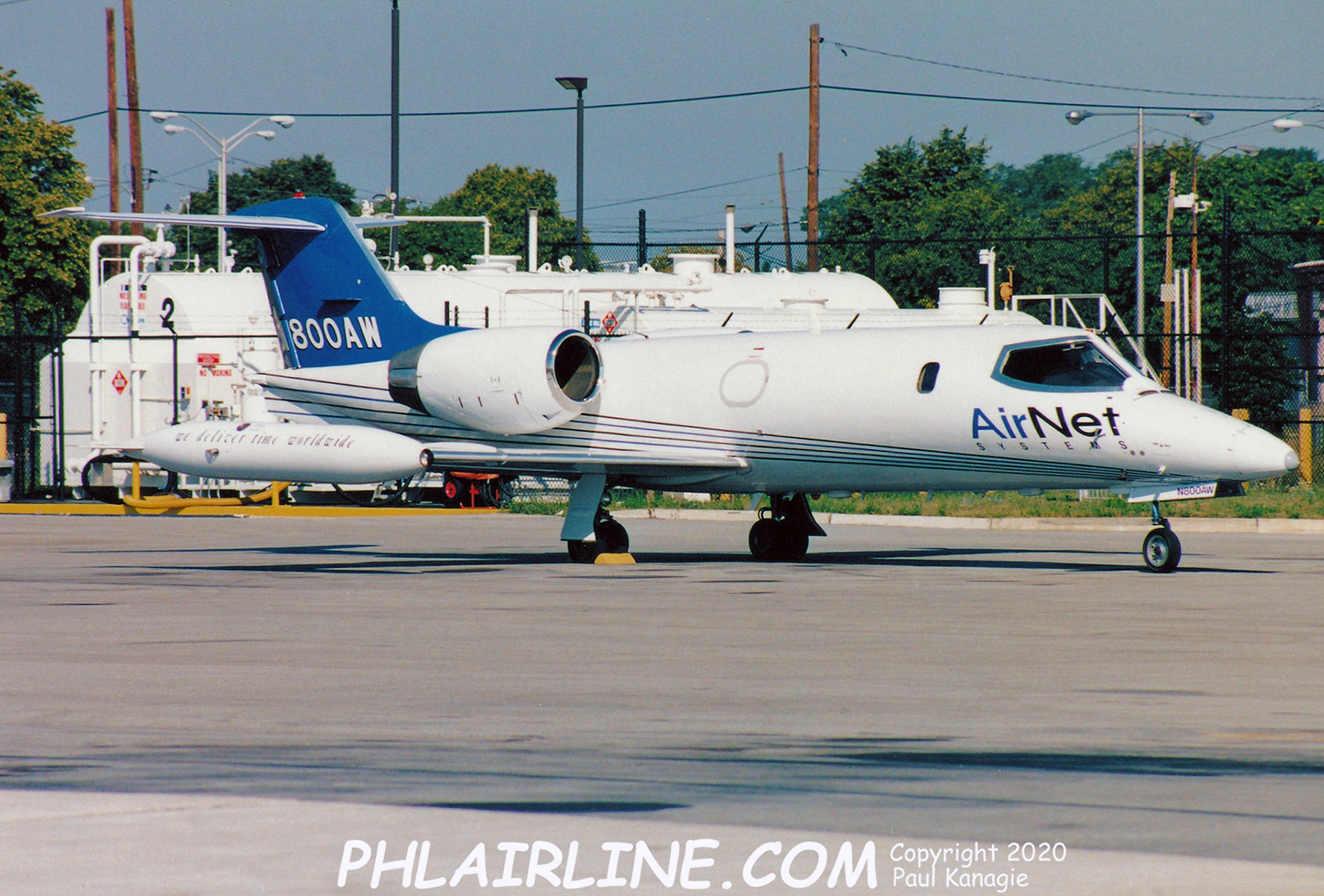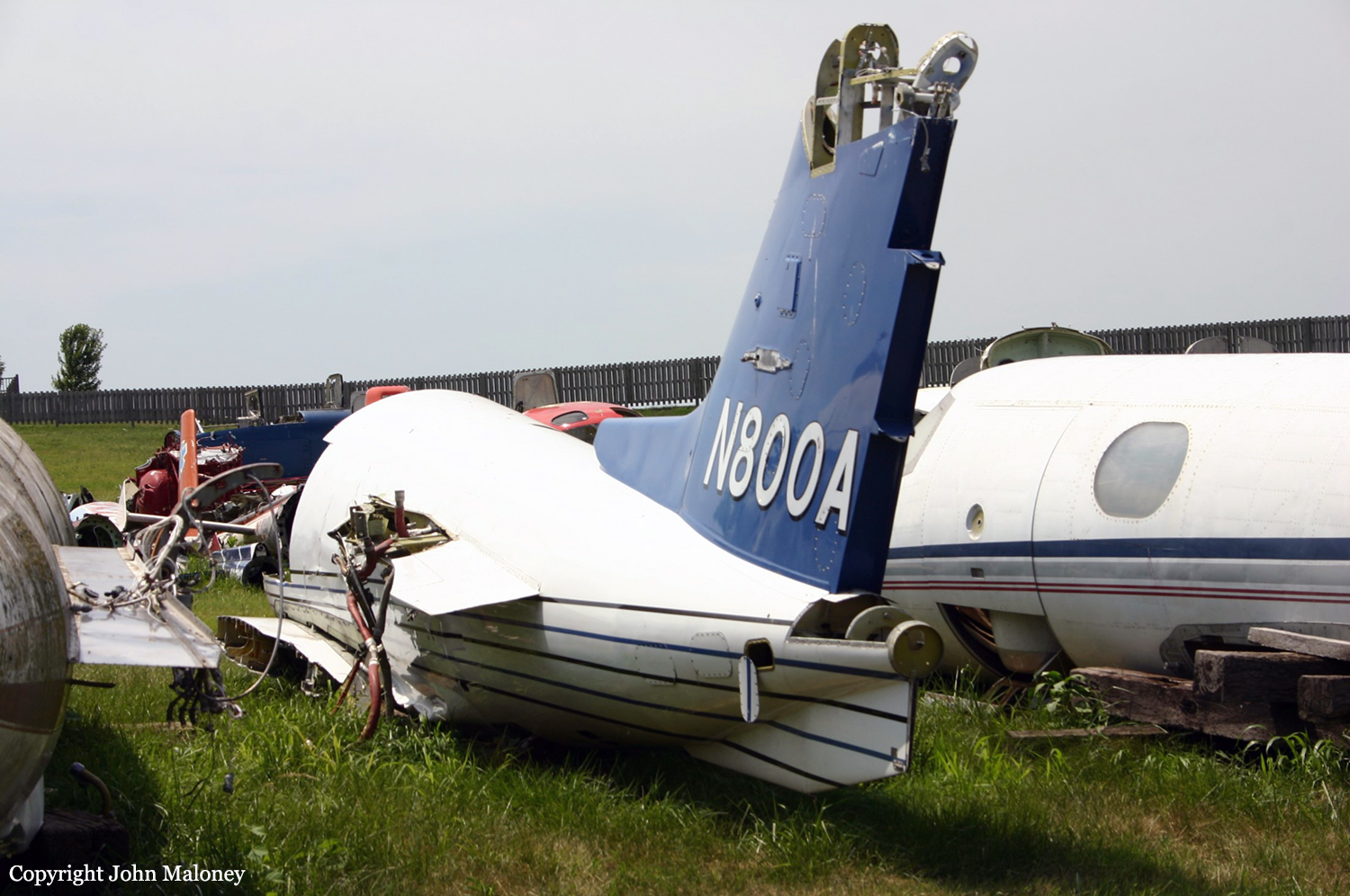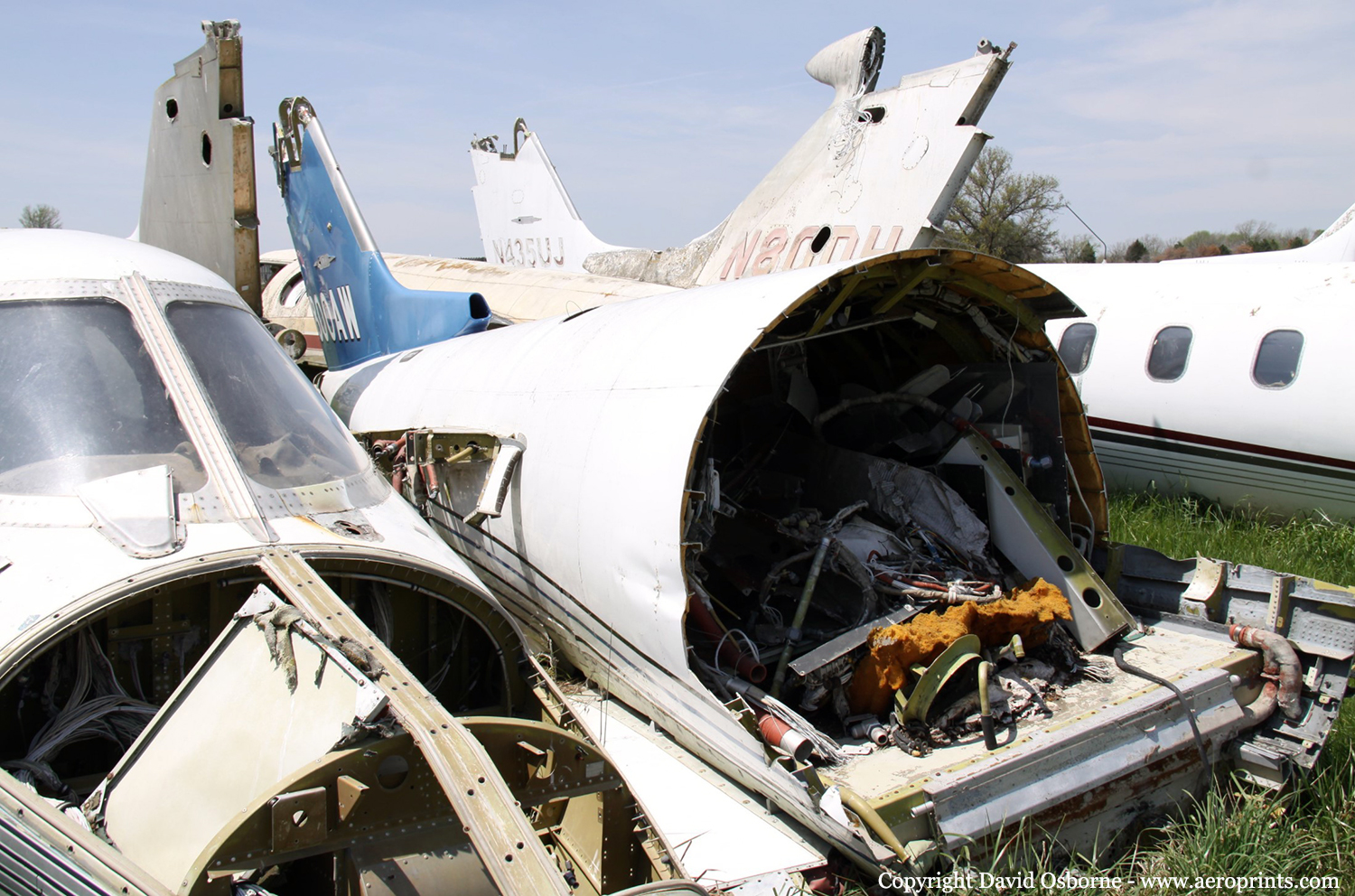Country
Operator Image

Crash of a Piper PA-31-350 Navajo Chieftain in Richmond
Date & Time:
Apr 11, 2011 at 2127 LT
Registration:
N3547C
Survivors:
Yes
Schedule:
Richmond - Charlotte
MSN:
31-8052018
YOM:
1980
Flight number:
SKQ601
Crew on board:
1
Crew fatalities:
Pax on board:
0
Pax fatalities:
Other fatalities:
Total fatalities:
0
Captain / Total hours on type:
31.00
Aircraft flight hours:
17265
Circumstances:
The twin-engine airplane was scheduled for a routine night cargo flight. Witnesses and radar data described the airplane accelerating down the runway to a maximum ground speed of 97 knots, then entering an aggressive climb before leveling and pitching down. The airplane subsequently impacted a parallel taxiway with its landing gear retracted. Slash marks observed on the taxiway pavement, as well as rotation signatures observed on the remaining propeller blades, indicated that both engines were operating at impact. Additionally, postaccident examination of the wreckage revealed no evidence of any preimpact mechanical failures or malfunctions of the airframe or either engine. The as-found position of the cargo placed the airplane within the normal weight and balance envelope, with no evidence of a cargo-shift having occurred, and the as-found position of the elevator trim jackscrew was consistent with a neutral pitch trim setting. According to the airframe manufacturer's prescribed takeoff procedure, the pilot was to accelerate the airplane to an airspeed of 85 knots, increase the pitch to a climb angle that would allow the airplane to accelerate past 96 knots, and retract the landing gear before accelerating past 128 knots. Given the loading and environmental conditions that existed on the night of the accident, the airplane's calculated climb performance should have been 1,800 feet per minute. Applying the prevailing wind conditions about time of the accident to the airplane's radar-observed ground speed during the takeoff revealed a maximum estimated airspeed of 111 knots, and the airplane's maximum calculated climb rate briefly exceeded 3,000 feet per minute. The airplane then leveled for a brief time, decelerated, and began descending, a profile that suggested that the airplane likely entered an aerodynamic stall during the initial climb.
Probable cause:
The pilot’s failure to maintain adequate airspeed during the initial climb, which resulted in an aerodynamic stall and subsequent impact with the ground.
Final Report:
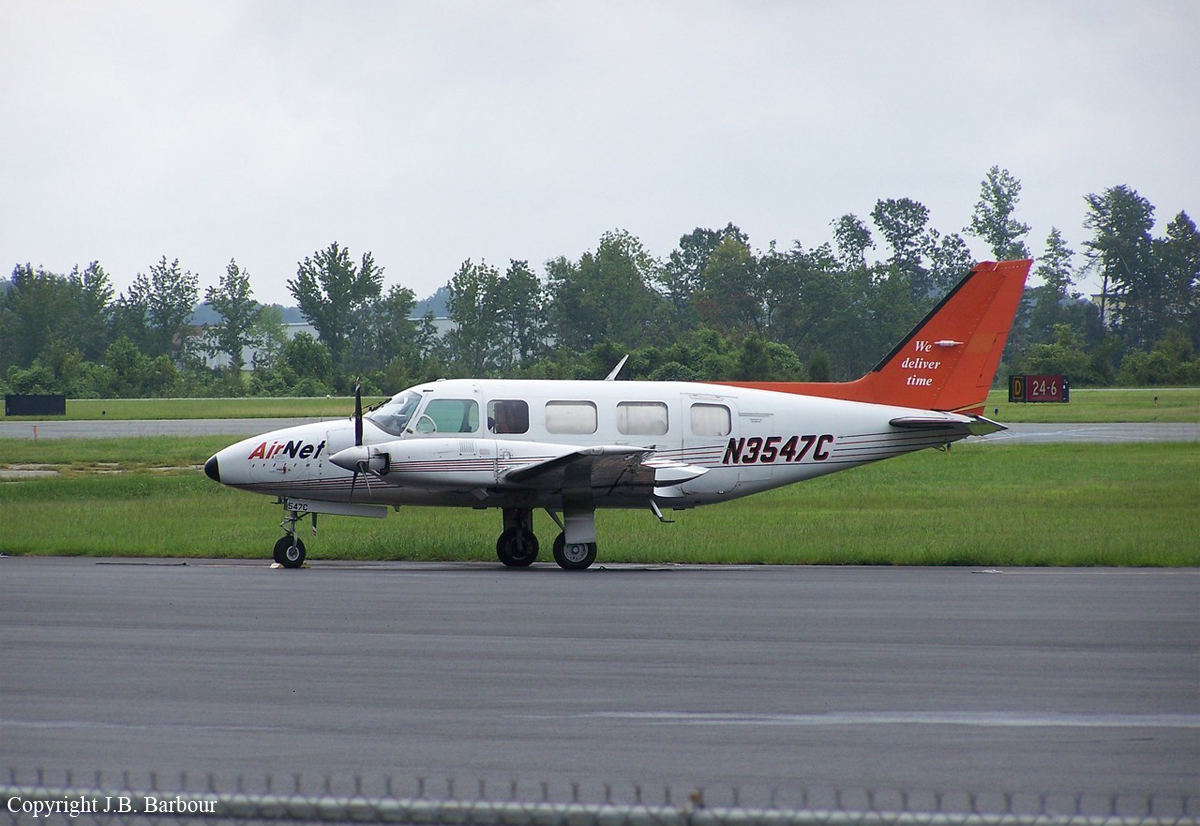
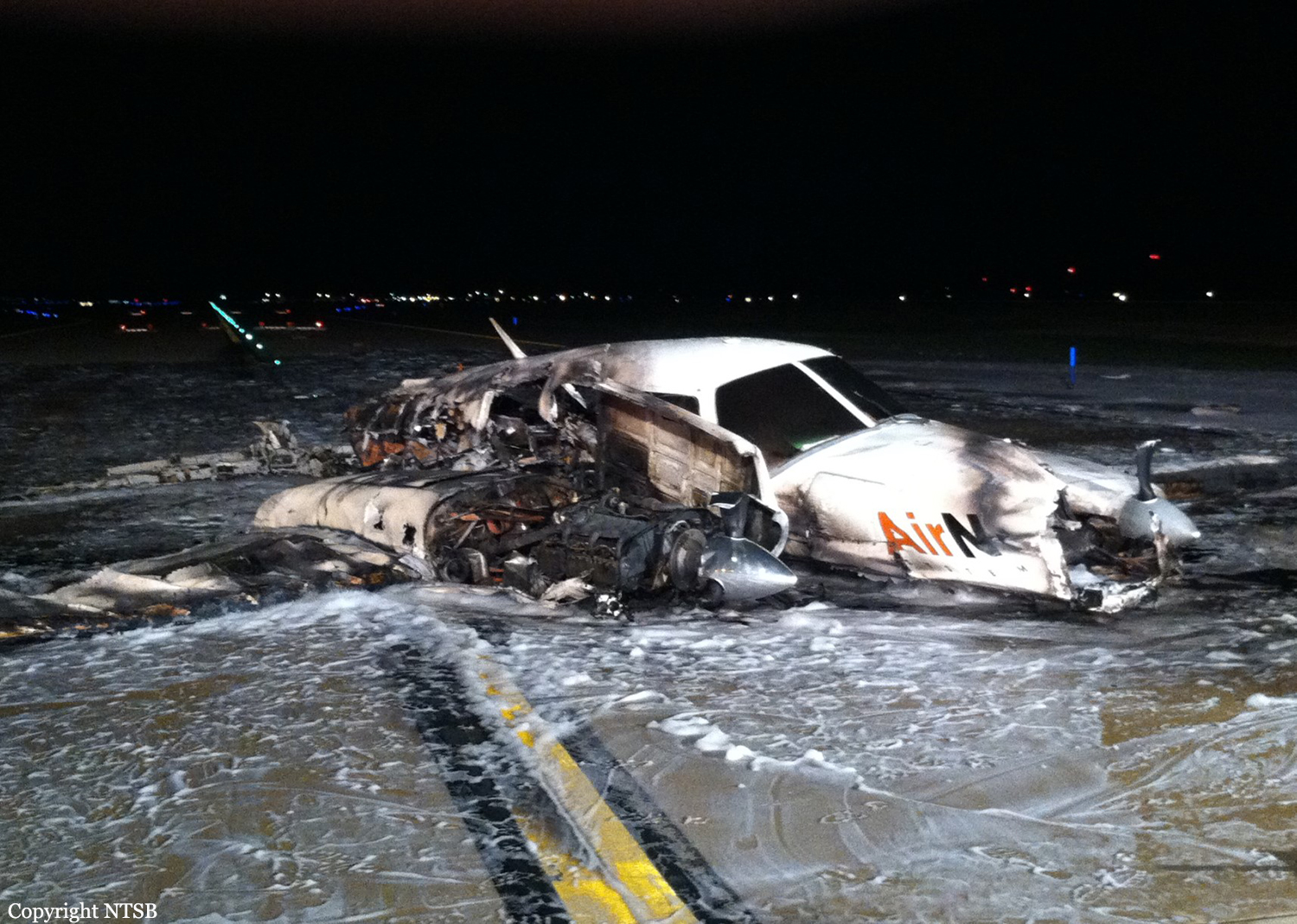

Crash of a Learjet 35A in Columbus
Date & Time:
Jan 10, 2007 at 0330 LT
Registration:
N40AN
Survivors:
Yes
Schedule:
Jacksonville - Columbus
MSN:
35-271
YOM:
1979
Crew on board:
2
Crew fatalities:
Pax on board:
0
Pax fatalities:
Other fatalities:
Total fatalities:
0
Captain / Total hours on type:
1700.00
Copilot / Total hours on type:
600
Aircraft flight hours:
20332
Circumstances:
The airplane was substantially damaged during an in-flight recovery after the captain attempted an intentional aileron roll maneuver during cruise flight and lost control. The cargo flight was being operated at night under the provisions of 14 CFR Part 135 at the time of the accident. The captain reported the airplane was "functioning normally" prior to the intentional aileron roll maneuver. The captain stated that the "intentional roll maneuver got out of control" while descending through flight level 200. The captain reported that the airplane "over sped" and experienced "excessive G-loads" during the subsequent recovery. The copilot
reported that the roll maneuver initiated by the captain resulted in a "nose-down unusual attitude" and a "high speed dive." Inspection of the airplane showed substantial damage to the left wing and elevator assembly.
reported that the roll maneuver initiated by the captain resulted in a "nose-down unusual attitude" and a "high speed dive." Inspection of the airplane showed substantial damage to the left wing and elevator assembly.
Probable cause:
The pilot's failure to maintain aircraft control during an inflight maneuver which resulted in the design stress limits of the airplane being exceeded. A factor was the excessive airspeed
encountered during recovery.
encountered during recovery.
Final Report:
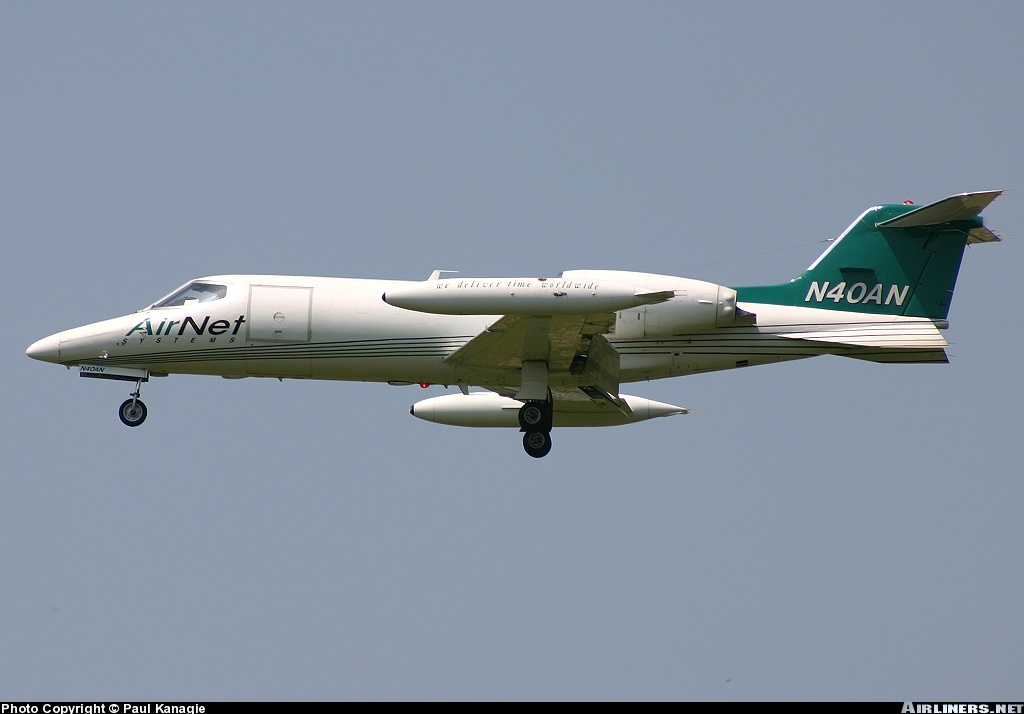
Crash of a Learjet 35A in Utica
Date & Time:
Mar 19, 2004 at 0645 LT
Registration:
N800AW
Survivors:
Yes
Schedule:
Columbus - Utica
MSN:
35-149
YOM:
1977
Crew on board:
2
Crew fatalities:
Pax on board:
0
Pax fatalities:
Other fatalities:
Total fatalities:
0
Captain / Total hours on type:
2036.00
Copilot / Total hours on type:
504
Aircraft flight hours:
15331
Circumstances:
The copilot was flying an ILS approach at an airspeed of Vref plus 10 knots, and the captain made visual contact with the runway about 350 feet agl. The airplane then drifted high on the glideslope, and the copilot decreased engine power. The sink rate subsequently became too great. By the time the captain called for a go-around, the airspeed had deteriorated, and the stick shaker activated. Although power was applied for the go-around, the airplane impacted the runway in a level attitude before the engines spooled up. The airplane came to rest in snow, about 20 feet off the left side of the runway, near mid-field.
Probable cause:
The copilot's failure to maintain airspeed, and the captain's delayed remedial action, which resulted in an inadvertent stall and the subsequent hard landing.
Final Report:
